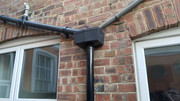I've got some areas in my kitchen that I'm going to repair but not really sure of the procedure. But since its summer this is the best time while my walls are dry. I've got bubbling on the paint. I'll need to presumably smash away the plaster back to the bricks.
Then very importantly I'll need to waterproof the bricks so was wondering what brick sealer is recommended? Everbuild 402? Thompson's water seal? And will I need PVA on top of waterproofer? I believe PVA helps with plaster adhesion.
And then I guess it would make sense to brush the water seal
on the outside of the wall as well so there's a double protection from any water ingress?
It looks like there's a metal edge strip, I guess I'll need to get a new one of those? But it's going to need replastering which I've never done. Will I need to learn how to skim?
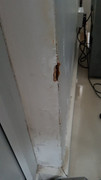
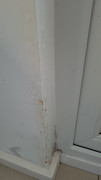
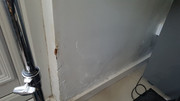
Then very importantly I'll need to waterproof the bricks so was wondering what brick sealer is recommended? Everbuild 402? Thompson's water seal? And will I need PVA on top of waterproofer? I believe PVA helps with plaster adhesion.
And then I guess it would make sense to brush the water seal
on the outside of the wall as well so there's a double protection from any water ingress?
It looks like there's a metal edge strip, I guess I'll need to get a new one of those? But it's going to need replastering which I've never done. Will I need to learn how to skim?



Last edited:



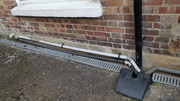
 [/url
[/url